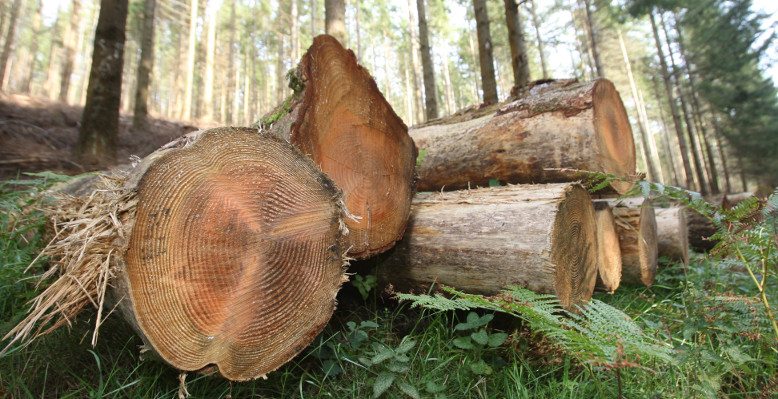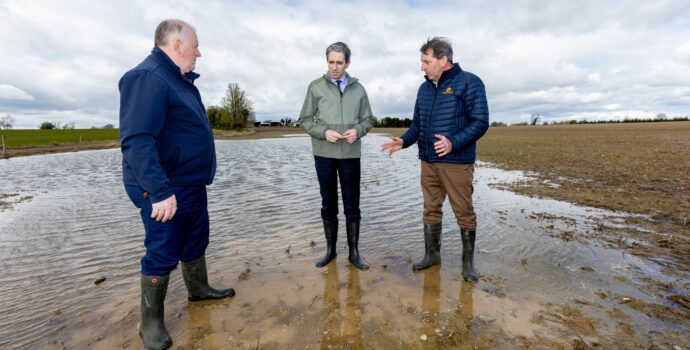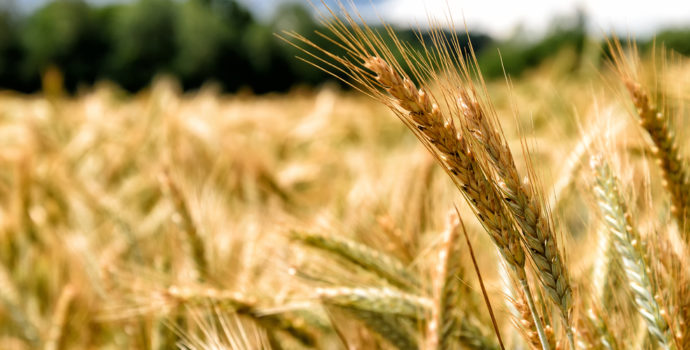IFA Encourages Farmers to Apply for Forest Road Grant & Increase the Value of Their Timber

IFA Farm Forestry Chairman Pat Collins has reminded forest owners approaching first thinning to apply for road funding to increase the value of their investment. This is despite the ongoing issues with the excessive red tape associated with the Forest Road scheme.
“A forest road is crucial for the haulage of timber to allow for economic and efficient harvesting operations. €2m is still available in the 2017 budget that would support farmers to construct 52,000 metres of new roads. A road is the first step in timber production and the generation of an income outside of the forest premium.”
Thinning is one of the most important things a forest owner can do to influence the growth and health of their forest. It can generate revenue and increases the value of remaining trees. Forest owners with a conifer plantation that is 15 years old or older should talk to their forester and start planning their first thinning.
Pat Collins said, “The planning permission needed for a forest entrance has acted as a barrier in the past. The main reason is the additional costs and time delays associated. However, the introduction of a new bellmouth allowance in 2016 of 20 metres or €800 per application (subject to costs) for new or modified road entrances has supported more farmers to apply for the scheme”.
The Forest Road scheme provides funding of €40 per linear metre up to a maximum density of 20 metres per hectare to support the construction of forest roads as well as bellmouth, turntables, drains, culverts and bridges. There is also a special construction works grant of up to €5,000 to facilitate construction of forest roads in environmentally sensitive sites.
Pat Collins said IFA’s Five Point Plan to revitalised Farm Forestry highlighted the excessive red tape and bureaucracy associated with the Forest Road scheme as one of the main barriers to harvesting timber. “The Government must proactively work with farmers to help achieve timber production growth of 7.9 million m3 by 2035.”




